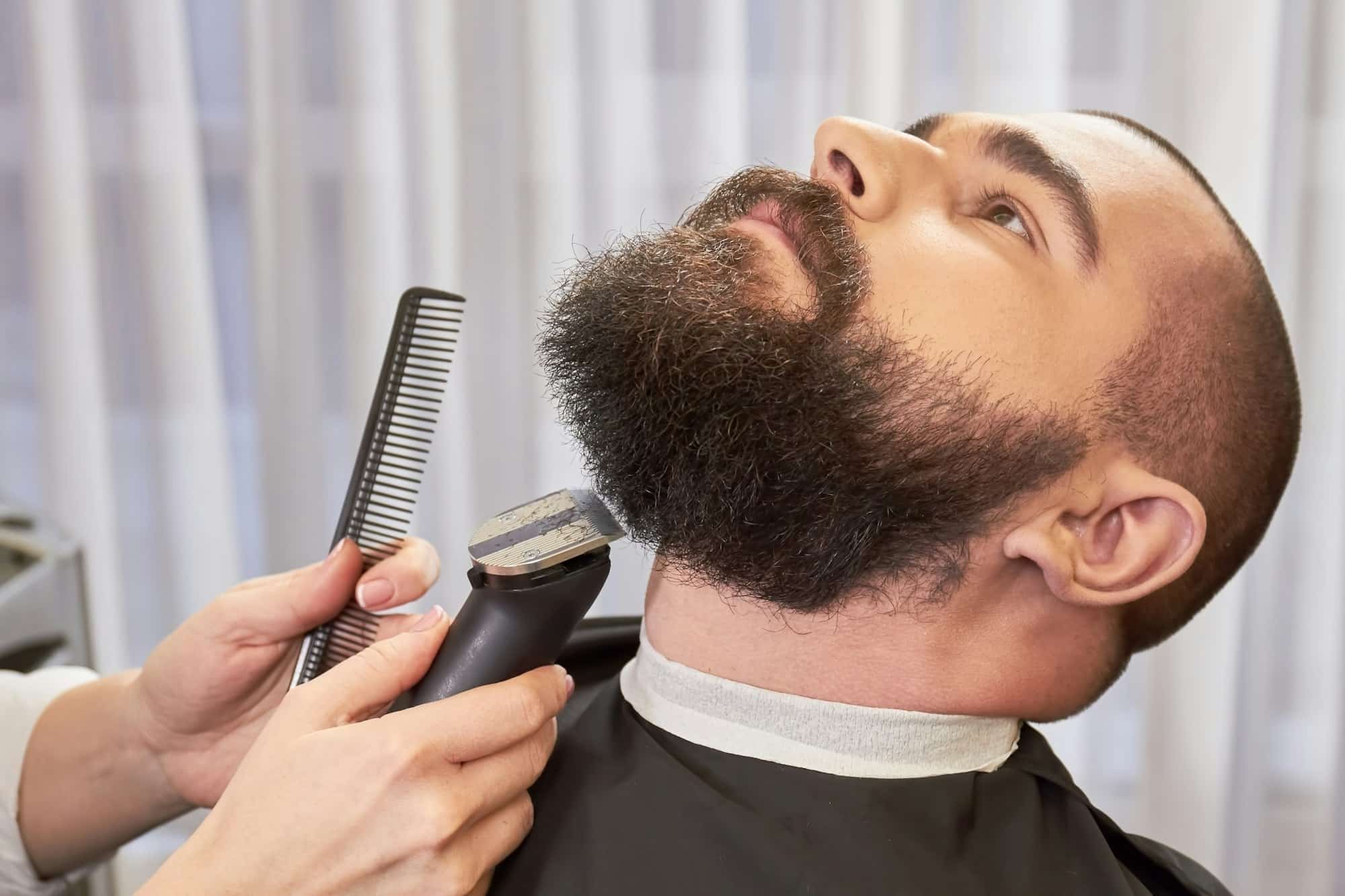As your feline friend ages, routine care tasks such as nail trimming can become increasingly challenging. Mobility issues can make it difficult for older cats to keep their nails in check, leading to overgrown claws that can cause discomfort and impact their overall health. In this article, we’ll share valuable insights on how to safely trim the claws of a senior cat with mobility issues.
Understanding the Importance of Nail Trimming for Cats
First and foremost, it’s crucial to comprehend the significance of maintaining your pet’s nails. Cats, just like dogs, have claws that continuously grow throughout their lifetime. When kittens and young cats are agile, they naturally maintain their nails through scratching behaviors and play. But as cats grow older, especially those with mobility issues, they might not be able to keep their nails trim.
Also read : What’s the Best Way to Treat a Tropical Fish with Fin Rot in a Community Tank?
Overgrown nails can curve and grow into the paw pad, causing great discomfort and potentially leading to infections. Additionally, long claws can get caught in carpets, furniture, or blankets, which can lead to painful injuries. Therefore, regular nail trimming becomes an essential part of your senior cat’s health care routine.
Choosing the Right Tools for Nail Trimming
To trim your cat’s nails, you’ll need the right tools. This is especially true for older cats who may have thicker, harder nails. Standard nail clippers designed for humans will not do the job properly. Instead, opt for a pet nail trimmer designed specifically for cats. These trimmers come in different styles, including scissor-type and guillotine-type clippers.
Also to read : What’s the Best Method to Help a Dog Overcome Fear of Loud Noises Like Fireworks?
Ensure that the clippers are sharp and clean before each use. Dull blades can crush the nail rather than cut it cleanly, causing discomfort and making the process more difficult. It’s also advisable to have styptic powder or another clotting agent on hand, which will help stop bleeding if you accidentally cut into the quick of the nail.
Preparing Your Cat for Nail Trimming
Before you start the trimming process, it’s essential to prepare your cat. This will help reduce stress and make the activity more manageable. For senior cats with mobility issues, it’s even more critical to ensure they are comfortable.
Consider feeding your cat a tasty treat or their favorite food before you begin. This can help create a positive association with the nail-trimming process. If your cat is anxious, you might want to use a calming spray or diffuser with synthetic feline pheromones.
It’s also critical to find a comfortable position for your cat. Some cats are more comfortable sitting on their owner’s lap, while others prefer to be on a soft surface like a bed or couch. Always remember to support your cat’s body, especially if they have arthritis or other mobility issues.
The Nail Trimming Process
Now that you understand why nail trimming is essential and you’ve prepared your cat and gathered the necessary tools, it’s time to begin the actual trimming process.
First, hold your cat’s paw gently but firmly. Press the pad of the paw to extend the nails. This will expose the translucent part of the nail, known as the quick. Be careful not to cut into the quick, as it’s sensitive and can cause bleeding.
Trim off the pointed tip of each nail, taking care not to cut into the thicker part where the nerves and blood vessels are. If your cat becomes stressed or agitated, take a break and try again later. It’s better to trim a few nails at a time than to force your cat to endure a stressful situation.
When to Seek Professional Help
While trimming your cat’s nails at home can save time and money, there are times when it’s prudent to seek professional help. If your cat is extremely anxious or aggressive during nail trims, or if you’re uncomfortable doing it yourself, consider taking your pet to a vet or professional groomer.
Additionally, if your cat’s nails are extremely overgrown or curved into the paw pad, a professional should address it. Overgrown nails can lead to infections and other health complications, which would necessitate prompt veterinary attention.
Ultimately, the safety and comfort of your pet are paramount. Regular nail trims will not only help keep your senior cat comfortable but also contribute to their overall quality of life.
Making Nail Trimming a Regular Routine
Consistency is the keyword when it comes to maintaining your senior cat’s nails. The frequency of the nail trims largely depends on how fast your cat’s nails grow. However, typically nail trimming once every 10-14 days is recommended for senior cats.
To make the nail trimming experience more pleasant for your elderly cat, create a quiet and calm environment. Make sure to choose a time when your cat is relaxed, preferably after meals or playtime. Speak softly and pet your cat during the process to soothe them. Furthermore, rewarding your cat with treats after every successful nail trim session will help in creating a positive association.
While trimming your cat’s nails, pay attention to any changes in the appearance of the nails or paw pads. Any signs of redness, swelling, or discomfort should immediately be reported to your vet. Similarly, if you notice your senior cat excessively licking their paws or limping, it could be a sign of discomfort that needs professional attention.
With older cats, it’s crucial to remember that mobility issues may cause them to rely more on their claws for stability. So, avoid trimming the nails too short. Moreover, some pet parents find nail caps a useful alternative for their cats. These are small, plastic caps that are glued to a cat’s nails, preventing them from causing any damage.
Conclusion: Ensuring the Well-being of Your Senior Cat
Trimming the claws of a senior cat with mobility issues may seem like a daunting task, but with the right approach and tools, it can become a stress-free routine. Regular nail trims not only prevent injuries and infections but also enhance the comfort and quality of life for your older cat.
While at home nail trims are convenient and cost-effective, don’t hesitate to seek professional help when needed. Veterinarians and professional groomers are trained to handle even the most anxious cats and can help prevent any nail-related complications.
Lastly, always remember that regular nail trims are only a part of the holistic care that your senior cat requires. Regular vet check-ups, a balanced diet, and plenty of love and attention are equally important in ensuring your feline friend enjoys their golden years. After all, the comfort and health of your pet are what matter the most. As a responsible pet owner, it’s your duty to provide the best care possible, making your cat’s senior years truly golden.











